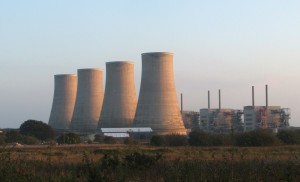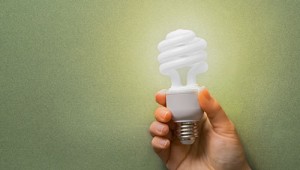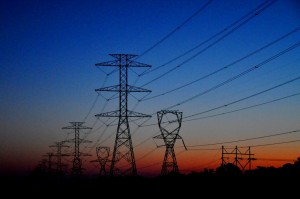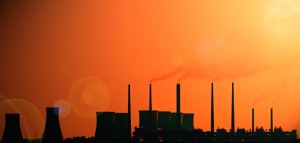7 item(s) were returned.
President
Kadak Associates, Inc.
There is an inconvenient and uncomfortable truth that nuclear energy is a significant non-CO2 source of electrical power in the U.S. Despite the dramatic expansion of solar and wind, these alternative forms of energy only provide 15% of non-CO2 emitting power nationwide. Nuclear energy on the other hand, provides 63% of all CO2-free sources. Often when a utility decides to shut down a nuclear plant it is replaced by natural gas. But replacing nuclear with “clean” natural gas only adds to the global CO2 load. In fact, each 1,000 megawatts of nuclear power replaced by natural gas adds 3.6 million… [more]
View InsightExecutive Director
Energy Storage Association
It’s been two months since the Environmental Protection Agency (EPA) released the Final Rule for the Clean Power Plan (CPP). Even if you haven’t read all 1560 pages yet, you probably know the gist of it by now. At its core, the CPP identifies three building blocks in setting the goal for each state: (1) lowered heat rates at coal-fired steam plants, (2) increased utilization of existing natural gas combined cycle plants, and (3) increased deployment of utility-scale non-emitting renewables. Most notably, energy efficiency (EE) is missing from that list, which is a change from the 2014 proposal. However, while… [more]
View InsightPolicy Associate
EESI
Although the administration’s finalized Clean Power Plan was released in early August, EPA is still actively grappling with the rules regarding biomass feedstocks as a compliance option under the Plan. Biomass (or biogenic) feedstocks include wastes such as organic wastes, lumber, pulp and paper industry wastes, agricultural residues and purpose-grown feedstocks. Solid biomass can be co-fired with coal in existing plants or used in renewable heating applications. The biomass industry argues that the utilization of biomass as an electricity source is an attractive option for states as it has the potential to sequester carbon as additional feedstocks are grown, it… [more]
View InsightWhile the Clean Power Plan has attracted a great deal of attention in recent weeks, a number of Congressional initiatives may well be the focus of the fall legislative session. With both the House and Senate considering what would be the first comprehensive energy packages since 2007, energy promises to play a prominent role when the congressional session resumes in September. A few potential initiatives include: Senate Energy and Natural Resource (ENR) Committee: ENR passed the Energy Policy Modernization Act of 2015. The bipartisan bill includes five titles focused on Efficiency, Infrastructure, Supply, Accountability and Conservation. House Energy and Commerce… [more]
View InsightProfessor of Public Policy
Georgia Institute of Technology
Making use of energy efficiency can help contain the cost of complying with the EPA’s Clean Power Plan and reduce electricity bills. Yet as climate policy discussions try to balance the urgent demand for quick action with upfront capital investments, the benefits of energy efficiency must be viewed in the long term. As efficiency programs are being ramped up by utilities with an over-capacity of power plants, rates may rise for a few years before they fall. Policymakers and stakeholders need to get past “rate fixation” to see the long-term value of energy efficiency. With the strong “nudge” of the… [more]
View InsightPrincipal
NorthBridge Energy Partners, LLC
The EPA’s proposed Clean Power Plan, meant to reduce carbon by 30% by 2030, is expected to be accomplished through a combination of improving existing power plants, switching to cleaner generation, boosting renewables, and improving energy efficiency. It is more than likely that the global economy’s ability to innovate and drive economies of scale will significantly ease this transition, providing as yet unknown but superior alternatives. Consider this: the wind and solar industries barely existed five years ago. Today, costs of wind have fallen by 58% in the last five years, and the price of installed solar has plummeted by… [more]
View InsightExecutive Director
Environmental and Energy Study Institute
According to the EPA, its proposed Clean Power Plan (CPP) would lead to a 30 percent cut in carbon emissions from the power sector by 2030, compared to 2005 levels. The CPP sets a customized goal for each state, which takes into account its existing policies and the unique structure of its energy system. The current draft regulation gives states interim goals for 2020-29, and a final target for 2030. The EPA proposal offers a great deal of flexibility for states to choose how best to achieve these emissions reduction goals. The CPP suggests four “building blocks” that states can… [more]
View Insight





